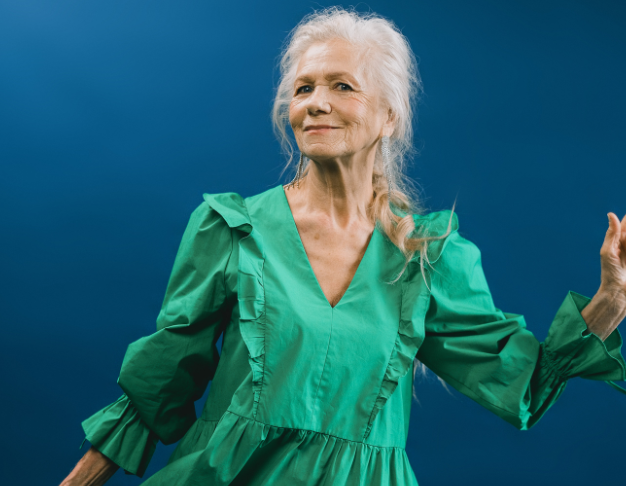The Mane Event: How To Deal With Your Aging Hair
February 8, 2023

We tend to spend a lot of time and attention on how our features and our faces change as we get older. There are innumerable posts on agebuzz alone about skin care, precautions, and products to help lessen the undesirable effects of aging and counter the environmental factors that inevitably impact our skin. But what about your hair? Do you need to address and account for the same concerns and precautions? Or, as a recent article in New York Magazine’s The Cut phrases the question, “Wait, So Now Even My Hair Is Aging?”. For past agebuzz posts on hair care as you get older, put down your brush and click here.
Yes, your hair is aging along with the rest of your body and as a result, you will likely encounter problems requiring a change in your routine and a rethinking of what’s possible. Beyond the obvious gray hair that most of us already have (perhaps no surer sign of aging exists), you will likely experience changes in texture, strength, and even coverage over your head. Changing hormonal patterns, stress, and even aging hair follicles can all converge at once to mean duller, thinner hair and even hair loss. You can try shampoos and products to create volume and thickening but other factors that affect your general well-being as you age also come into play, including what you eat and how you sleep. And how you physically handle your thinning hair can also lessen or increase the damage that may result. Some gentle suggestions for how to care for your thinning hair? Avoid pulling on your hair or using metal hairclips. Limit your hat-wearing (and head-scratching), and don’t use strong chemicals to color your hair more frequently than once a month.
It’s thought that 50% of older women experience hair thinning or hair loss as they get older. And what about that hair loss? While hair loss differs from one person to another, some common signs to be on the lookout for include receding hairlines, thinning on top of your head, and scalp visibility at your hair part. Again, there are products billed as helpful for encouraging hair growth but by and large many, if not most, products touted for their hair growth properties are, in fact, pretty ineffective. We previously mentioned minoxidil, a drug originally used for high blood pressure but subsequently found to have hair growth-promoting properties. It works for many people when applied topically on the scalp, but it leaves a sticky residue and stops helping if you stop using it. But now, according to a recent article in The New York Times, a new version of minoxidil – this time taken in pill form- is being used with success to generate new hair growth. While this use is off-label (not actually approved by the FDA), the dosage is very small, so it will not interfere with blood pressure and the cost per usage is very modest. So it could be that one of the most distressing aspects of your aging hair- that is, its disappearance from your head- may actually soon be a thing of the past.







